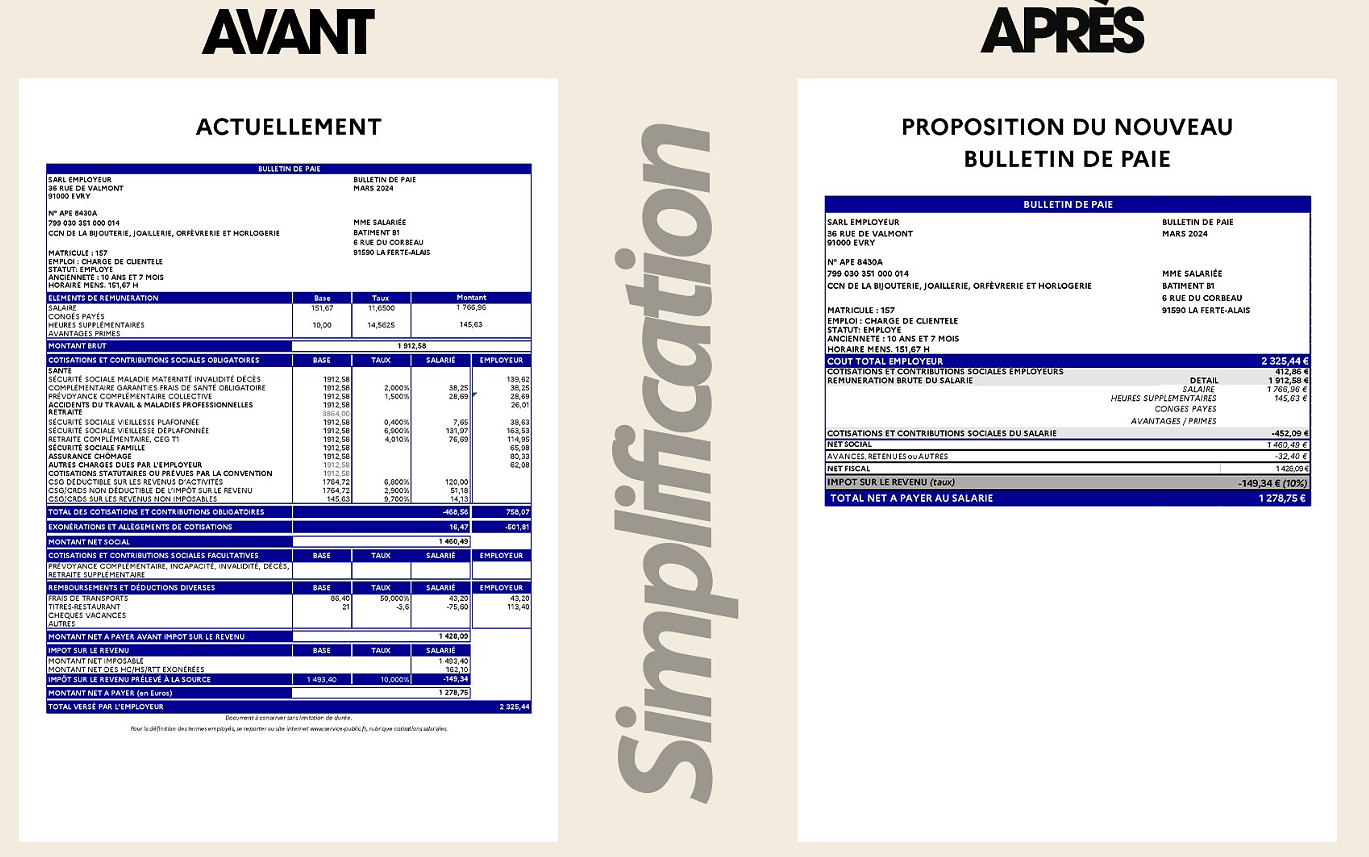Like Jamil, tens of thousands of Iraqis are threatened by the Maqhoul dam, which the government hopes to complete within five years on the Tigris River.
In an Iraq damaged by three years of drought, considered by the UN as one of the countries most vulnerable to climate change, the authorities are defending this project which, according to them, will make it possible to fight against water shortages.
However, NGOs denounce the harmful repercussions on around thirty villages – that is to say 118,000 people – and the consequences for biodiversity and several archaeological sites.
The village of Messahag offers a bucolic landscape. Along the banks of the Tigris, peasants sow or turn over the waterlogged earth with shovels.
But when the dam comes into being, the whole region will be submerged under three billion cubic meters of water.
"I was born and grew up here. It's hard to leave. It's a whole past that we leave behind us," insists Jamil al-Joubouri, an official in a refinery.
It is his son who takes care of the family's wheat and citrus plantations. Conciliatory, Jamil agrees to leave and put "the national interest before the personal interest", on the condition that the dam be a project "that will serve Iraq" -- and that he receive "adequate compensation" for "ensure (his) future and that of the children".
- "Serious threat" -
Already equipped with eight dams, Iraq deplores a drop in the flow of its rivers and castigates its Turkish neighbor for its dams built upstream.
Initially launched in 2001, the Maqhoul project was interrupted in 2003 after the American invasion and the ensuing chaos.
Work resumed in early 2021, with drilling, soil analysis and the construction of a bridge over the river.
The dam should make it possible to establish a 250 megawatt hydroelectric station and an "irrigation canal which will serve agricultural areas and contribute to the country's food security", pleads the deputy governor of the province of Salaheddine, Riad al- Samarai.
"The general interest requires the construction of this dam to guarantee water reserves to Iraq", he adds.
According to him, five villages are on the site of the future reservoir: "A commission has been formed by the provinces and the ministries concerned to provide adequate compensation to the inhabitants" and to move them.
However, civil society is upwind.
Because there are also the repercussions on the fauna and flora denounced by the NGOs Save the Tigris and Humat Dijlah and the dangers in particular for the ancient city of Assur, listed as a UNESCO heritage site.
In August, the International Organization for Migration (IOM) deplored the lack of "attempt to dialogue" with local communities.
"Respondents, farmers and landowners, see the Maqhoul dam as a serious threat to their livelihood," said an IOM report, based on a study by the Iraqi organization Liwan for culture. and development.
- "Lack of trust" -
"No one came to see us, no one asked us anything," Jamil's father, Ibrahim al-Joubouri, a farmer, told Messahag.
"My ancestors, my father, then me, all stayed in this region", laments the octogenarian, weathered face and arched silhouette.
The real problem in Iraq, "is the drop in the flow of water from Turkey and Iran", recalls Mehiyar Kathem, one of the authors of the Liwan study.
The country "does not need a new dam: because of the increase in the salinity of the Tigris, we have to let the river flow", he says.
His study identifies 39 villages at risk of being swallowed up, with populations ranging from 200 to 8,000 inhabitants.
More than 67 square kilometers "of fertile agricultural land, estates and orchards" will also disappear if the Maqhoul dam reaches its full capacity. And 61,146 head of cattle will have to be "sold or moved".
"The dam can disrupt the daily life of 118,412 people", summarizes Liwan, pointing to "a lack of confidence in the decision-makers" among the local populations, for whom "any protest risks falling on deaf ears".

 His body naturally produces alcohol, he is acquitted after a drunk driving conviction
His body naturally produces alcohol, he is acquitted after a drunk driving conviction Who is David Pecker, the first key witness in Donald Trump's trial?
Who is David Pecker, the first key witness in Donald Trump's trial? What does the law on the expulsion of migrants to Rwanda adopted by the British Parliament contain?
What does the law on the expulsion of migrants to Rwanda adopted by the British Parliament contain? The shadow of Chinese espionage hangs over Westminster
The shadow of Chinese espionage hangs over Westminster Parvovirus alert, the “fifth disease” of children which has already caused the death of five babies in 2024
Parvovirus alert, the “fifth disease” of children which has already caused the death of five babies in 2024 Colorectal cancer: what to watch out for in those under 50
Colorectal cancer: what to watch out for in those under 50 H5N1 virus: traces detected in pasteurized milk in the United States
H5N1 virus: traces detected in pasteurized milk in the United States What High Blood Pressure Does to Your Body (And Why It Should Be Treated)
What High Blood Pressure Does to Your Body (And Why It Should Be Treated) “I’m interested in knowing where the money that the State takes from me goes”: Bruno Le Maire’s strange pay slip sparks controversy
“I’m interested in knowing where the money that the State takes from me goes”: Bruno Le Maire’s strange pay slip sparks controversy Despite the lifting of the controllers' strike, massive flight cancellations planned for Thursday, April 25
Despite the lifting of the controllers' strike, massive flight cancellations planned for Thursday, April 25 The right deplores a “dismal agreement” on the end of careers at the SNCF
The right deplores a “dismal agreement” on the end of careers at the SNCF The United States pushes TikTok towards the exit
The United States pushes TikTok towards the exit Saturday is independent bookstore celebration
Saturday is independent bookstore celebration In Paris as in Marseille, the Flames ceremony opens to fans of rap and hip-hop
In Paris as in Marseille, the Flames ceremony opens to fans of rap and hip-hop Sale of the century for a mysterious painting by Klimt, in Austria
Sale of the century for a mysterious painting by Klimt, in Austria Philippe Laudenbach, actor with more than a hundred supporting roles, died at 88
Philippe Laudenbach, actor with more than a hundred supporting roles, died at 88 Skoda Kodiaq 2024: a 'beast' plug-in hybrid SUV
Skoda Kodiaq 2024: a 'beast' plug-in hybrid SUV Tesla launches a new Model Y with 600 km of autonomy at a "more accessible price"
Tesla launches a new Model Y with 600 km of autonomy at a "more accessible price" The 10 best-selling cars in March 2024 in Spain: sales fall due to Easter
The 10 best-selling cars in March 2024 in Spain: sales fall due to Easter A private jet company buys more than 100 flying cars
A private jet company buys more than 100 flying cars This is how housing prices have changed in Spain in the last decade
This is how housing prices have changed in Spain in the last decade The home mortgage firm drops 10% in January and interest soars to 3.46%
The home mortgage firm drops 10% in January and interest soars to 3.46% The jewel of the Rocío de Nagüeles urbanization: a dream villa in Marbella
The jewel of the Rocío de Nagüeles urbanization: a dream villa in Marbella Rental prices grow by 7.3% in February: where does it go up and where does it go down?
Rental prices grow by 7.3% in February: where does it go up and where does it go down? Sale of Biogaran: The Republicans write to Emmanuel Macron
Sale of Biogaran: The Republicans write to Emmanuel Macron Europeans: “All those who claim that we don’t need Europe are liars”, criticizes Bayrou
Europeans: “All those who claim that we don’t need Europe are liars”, criticizes Bayrou With the promise of a “real burst of authority”, Gabriel Attal provokes the ire of the opposition
With the promise of a “real burst of authority”, Gabriel Attal provokes the ire of the opposition Europeans: the schedule of debates to follow between now and June 9
Europeans: the schedule of debates to follow between now and June 9 These French cities that will boycott the World Cup in Qatar
These French cities that will boycott the World Cup in Qatar Montpellier-Nantes: at what time and on which channel to watch the Ligue 1 match?
Montpellier-Nantes: at what time and on which channel to watch the Ligue 1 match? Ligue 1: Luis Enrique leaves many PSG players to rest in Lorient
Ligue 1: Luis Enrique leaves many PSG players to rest in Lorient Football: Deschamps, Drogba, Desailly... Beautiful people with Emmanuel Macron to play with the Variétés
Football: Deschamps, Drogba, Desailly... Beautiful people with Emmanuel Macron to play with the Variétés Football: “the referee was bought”, Guy Roux’s anecdote about a European Cup match… with watches and rubies
Football: “the referee was bought”, Guy Roux’s anecdote about a European Cup match… with watches and rubies


















